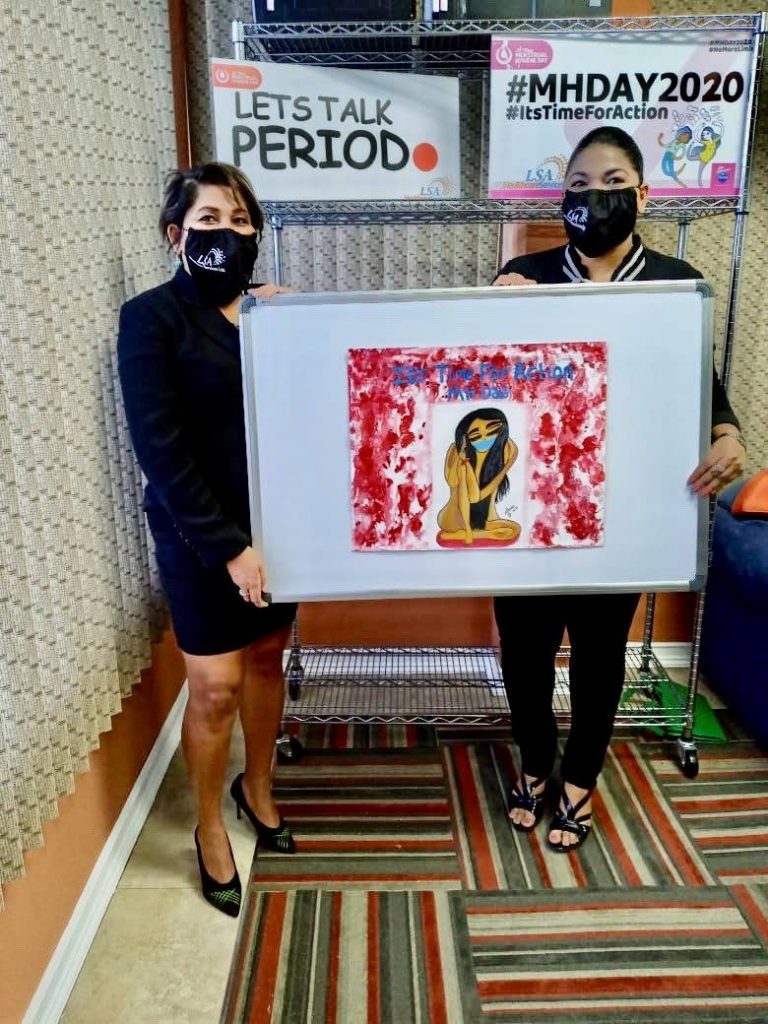Periods during pandemics

PERIODS do not stop for pandemics, and neither does Menstrual Hygiene Day.
Commemorated on May 28, Menstrual Hygiene Day is a time to educate people about the menstrual cycle, break down taboos around periods and feminine hygiene, and discuss poor sanitation infrastructure that would reduce opportunities for women and girls around the world.
This stigma has stopped girls, particularly those in impoverished communities, from attending schools and accessing employment opportunities.
For most people with periods, there are 28 days in the menstrual cycle. In 2013 German non-profit Water, Sanitation and Hygiene (Wash) United founded Menstrual Hygiene Day. May 28 was chosen for the menstruation cycle number. This year’s theme is #PeriodsInPandemics to discuss the limitations people with periods have during a lockdown.
In a previous article, Families need more than food Newsday discussed the need for people to donate more feminine hygiene products such as pads, tampons and feminine wipes to women who cannot afford to buy sanitary products.
In TT, LSA Health Care Services, providers of hygiene sanitation stations such as period dispensing bins, partnered with Wash to celebrate Menstrual Hygiene day.
This year, six artists collaborated virtually to create the menstruation bracelet, which consists of 28 beads, five of which are red. This represents the average 28-day menstruation cycle and the estimated five days of bleeding.
Leela Ramsingh, managing director of LSA, said it wanted to establish the menstruation bracelet as a simple yet powerful global symbol for menstruation.
Local artists Sandra Maraj and Monica Ramdial contributed designs to the global movement by creating their own unique menstruation bracelets and original artwork to bring awareness and advocacy for menstruation equity globally.
“This refers to the affordability, accessibility and safety of menstrual products. But menstrual equity is not just defined by products — it is also about education and reproductive care. It’s about making sure that people have access to support, choices and facilities, to decide how they want to take care of their menstrual health.
“It’s also about finally ending the stigma around periods that has prevented not only decision-makers, but also healthcare providers, educators and individuals from ensuring that menstrual health is a priority,” Ramsingh said.


Comments
"Periods during pandemics"